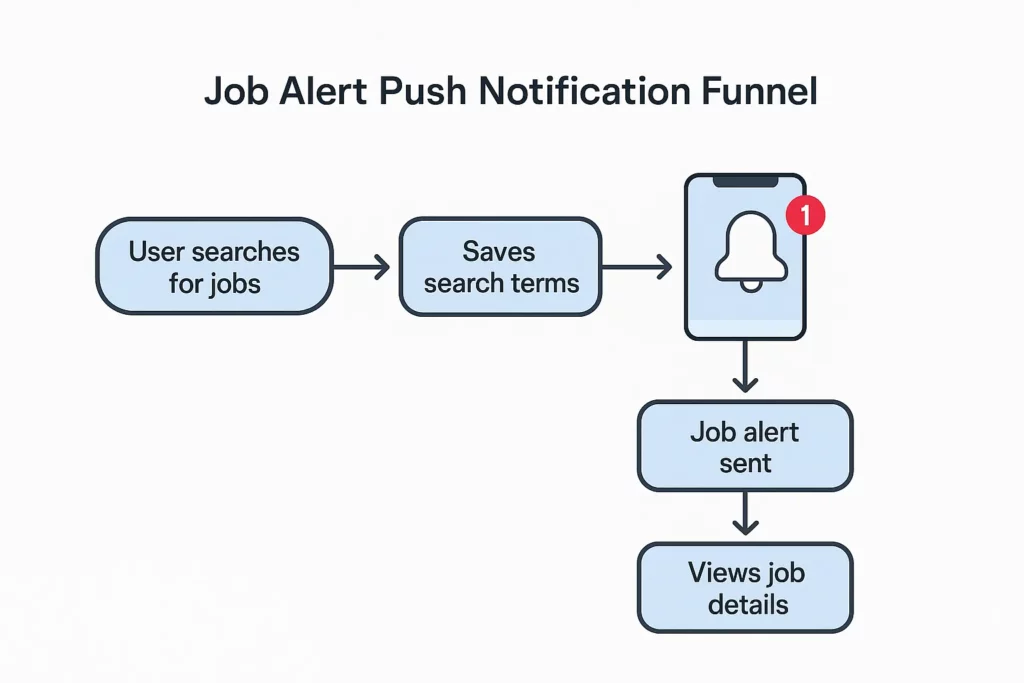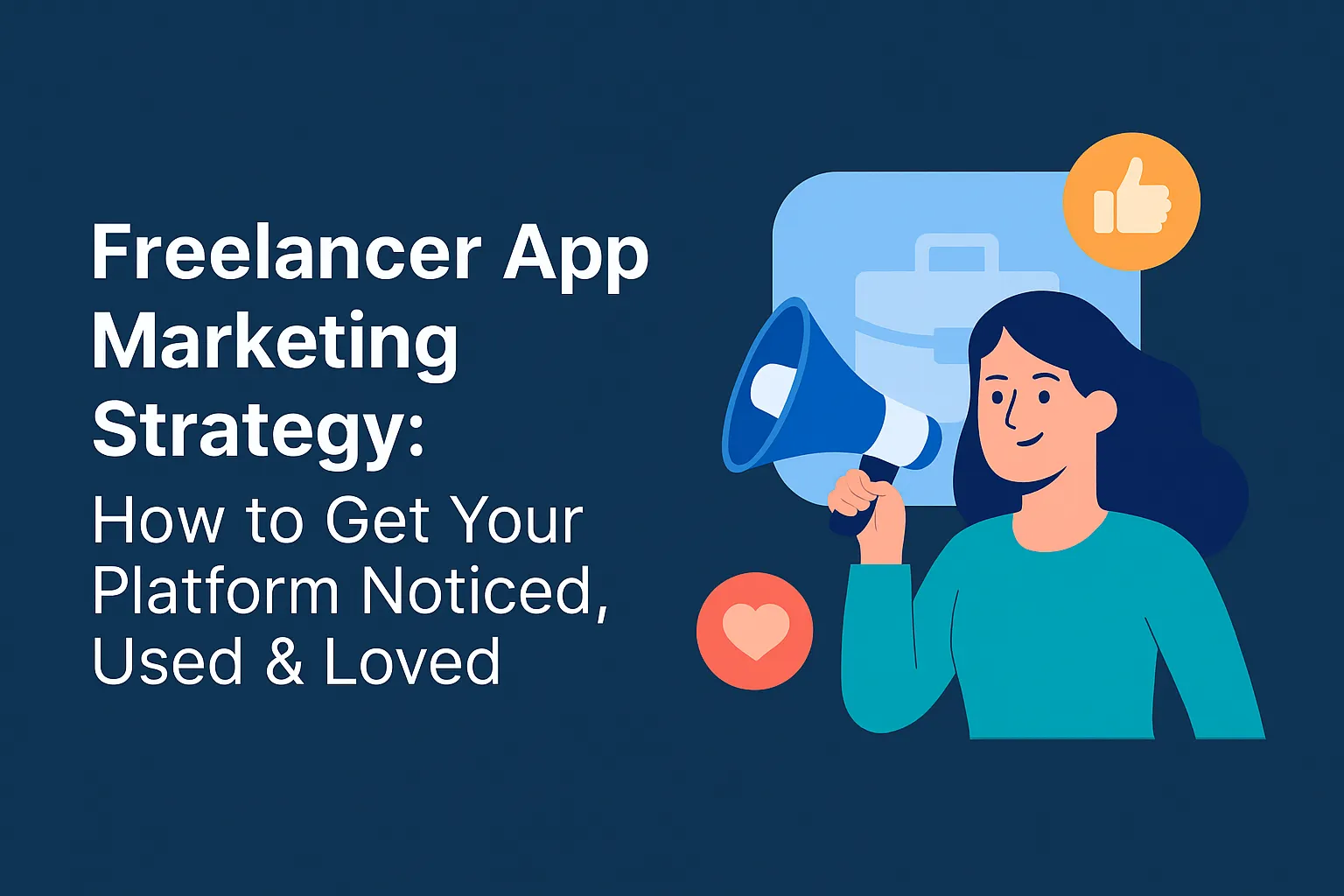You’ve built a freelancer app. Maybe even a killer Upwork or Freelancer clone. You’ve poured months (or years) into development, spent sleepless nights debugging, and finally launched. But instead of the flood of users you expected—crickets. Sounds familiar? It’s the creator’s curse: building a great product that nobody knows exists.
Let’s face it—tech alone won’t save you. In today’s ultra-competitive gig economy, attention is your real currency. According to TechCrunch truth? Even the best freelancer platforms need strategic, scrappy, user-focused marketing to break through the noise. Think Upwork. Think Fiverr. They didn’t go viral by accident.
In this blog, we’ll walk you through a real-world marketing strategy to take your freelancer app from invisible to irresistible. And yes, if you haven’t built your app yet—Miracuves can help you create a feature-rich Freelancer clone that’s not just launch-ready, but growth-optimized from day one.

What Makes Freelancer.com Work? A Marketing Autopsy
Freelancer.com has over 60 million users—not by chance, but by deliberate positioning and clever growth mechanics. Let’s unpack what they did right (and how you can too):
1. The Elevator Pitch Was Clear
“Post a project. Get bids. Pay safely.” Simple messaging wins.
2. Platform Trust Was Engineered
Escrow payment, milestone systems, dispute resolution—all things that reduce friction and build trust with both freelancers and clients.
3. Category Depth Mattered
From design to data entry to mechanical engineering—Freelancer went wide, allowing micro-niches to flourish.
Know Your Users: You’re Selling to Two Different Worlds
Marketing a freelancer platform is twice the work. Why? Because you’ve got two target audiences with wildly different goals.
Freelancers (Supply Side)
- Goals: Earn money, find stable gigs, build portfolio
- Pain Points: Scams, dry spells, bad clients, payment delays
- Hangouts: LinkedIn, Reddit (r/freelance), Instagram, Twitter
Employers (Demand Side)
- Goals: Fast hiring, quality work, reliable communication
- Pain Points: Inexperienced freelancers, missed deadlines, inflated costs
- Hangouts: Product Hunt, Indie Hackers, startup forums
Pre-Launch: Build the Buzz Before You Drop the App
Here’s what separates smart founders from those who shout into the void—pre-launch hype.
1. Build a Landing Page That Converts
Collect emails. Offer VIP access. Include social proof if possible. Use real human faces—not stock art.
2. Run a Waitlist With Scarcity
“Only the first 100 freelancers get verified badge status for free.” Scarcity drives urgency.
3. Start an Educational Series
Blog or email drip: “10 Gigs You Can Start This Weekend.” Attract freelancers before your app even goes live.
Post-Launch: Time to Build a Two-Sided Flywheel
Once you’ve launched, here’s how to turn a trickle of users into a community.
1. Leverage Freelancers for Viral Growth
Give them tools to promote their profiles—like shareable gig cards, affiliate links, and badges. Make them proud to share.
2. Push Bounties for Client-Side Onboarding
Offer bonuses for users who bring employers onboard: “Earn $50 for every verified job posted.”
3. Create Niche Pages for SEO
Example: “Hire Freelance Logo Designers in Dubai”
Or “Top Python Developers for Startups”
Long-tail SEO brings in serious buyer intent over time.
App Store Optimization (ASO): Don’t Let Mobile Users Slip Away
If you’re on mobile (and you should be), ASO is your silent growth partner.
1. Optimize Title & Subtitle
Example:
FreelancerHub – Find Remote Gigs & Hire Experts
2. Use Screenshots Strategically
Highlight ease of use, user reviews, categories, and payment flow.
3. Keywords to Target
- freelance work app
- remote job finder
- hire developers online
- gig economy app
Paid Marketing: Start Small, Scale Smart
Yes, you should spend on ads. But only after your conversion flow is tight.
Where to Advertise:
- Google Search (intent-based targeting)
- Meta Ads (interest targeting: small biz, solopreneurs)
- Reddit (freelance subreddits)
- LinkedIn (B2B hiring campaigns)
Pro Tip: Retarget
Always run ads to people who visited your landing page but didn’t sign up.
Growth Hacks Worth Testing
- Invite-only beta for credibility
- Freelancer leaderboard to gamify participation
- Client success stories turned into blog posts
- Push notifications for job matches or inactivity nudges
Learn more about Build Your Own Freelancer Clone App

Conclusion
Marketing a freelancer app isn’t about going viral. It’s about building consistent, two-way momentum. Serve both freelancers and clients with value, trust, and incentives—and you’ll build more than an app. You’ll build a movement.
At Miracuves, we help innovators launch high-performance app clones that are fast, scalable, and monetization-ready. Ready to turn your idea into reality? Let’s build together.
FAQs
What’s the most important marketing channel for a freelancer app?
Start with email and SEO. They’re cost-effective and drive long-term ROI. Social + paid ads come next.
Should I focus more on freelancers or clients?
Freelancers are easier to acquire early. But without clients, they churn. Balance your acquisition and build a two-sided flywheel.
What makes Freelancer.com successful?
Trust-building, smart categories, and aggressive SEO. Their growth came from targeting niche projects with high-intent traffic.
Is influencer marketing effective for freelancer platforms?
Micro-influencers in niche industries (devs, designers) can bring powerful traffic. Bonus: they often double as freelancers.
Do I need an app or can I start with just a website?
Start lean with a website MVP, then scale to mobile when retention is solid. But mobile-first users expect apps—don’t delay it too long.
Can Miracuves help with both development and strategy?
Absolutely. We don’t just build clone apps—we build smart, monetization-ready platforms that are launch- and growth-ready.








